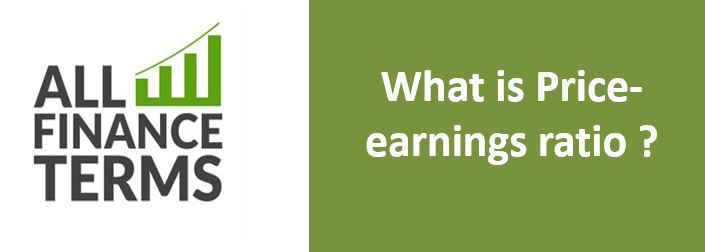Definition of Price-earnings ratio
The price-earnings ratio is the rate for pricing an organization that measures its present inventory cost compared to its per-share income.
Brief Explanation of Price-earnings ratio
This way of the price-earnings rate is known as P/E and it may be measured by subtracting a company’s share value at the start of the 1-year interval from its value at the period’s end, modifying for inventory divides if there have been any. Sometimes, price-earnings can also be taken from analysts’ reports of income predicted during the next four areas. The price-earnings rate is also sometimes known as the cost several or the income several. This is why the P/E is sometimes generally known as the several because it reveals how much traders are willing to pay per money of income. EPS is most often produced from the last four areas. This way of price-earnings is generally known as estimated or ahead P/E. A third, less frequent difference uses the sum of the last two real areas and the reports of the next two areas. Essentially, the price-earnings rate indicates the level of money a trader can anticipate obtaining an organization to be able to get $1 of that company’s income.


